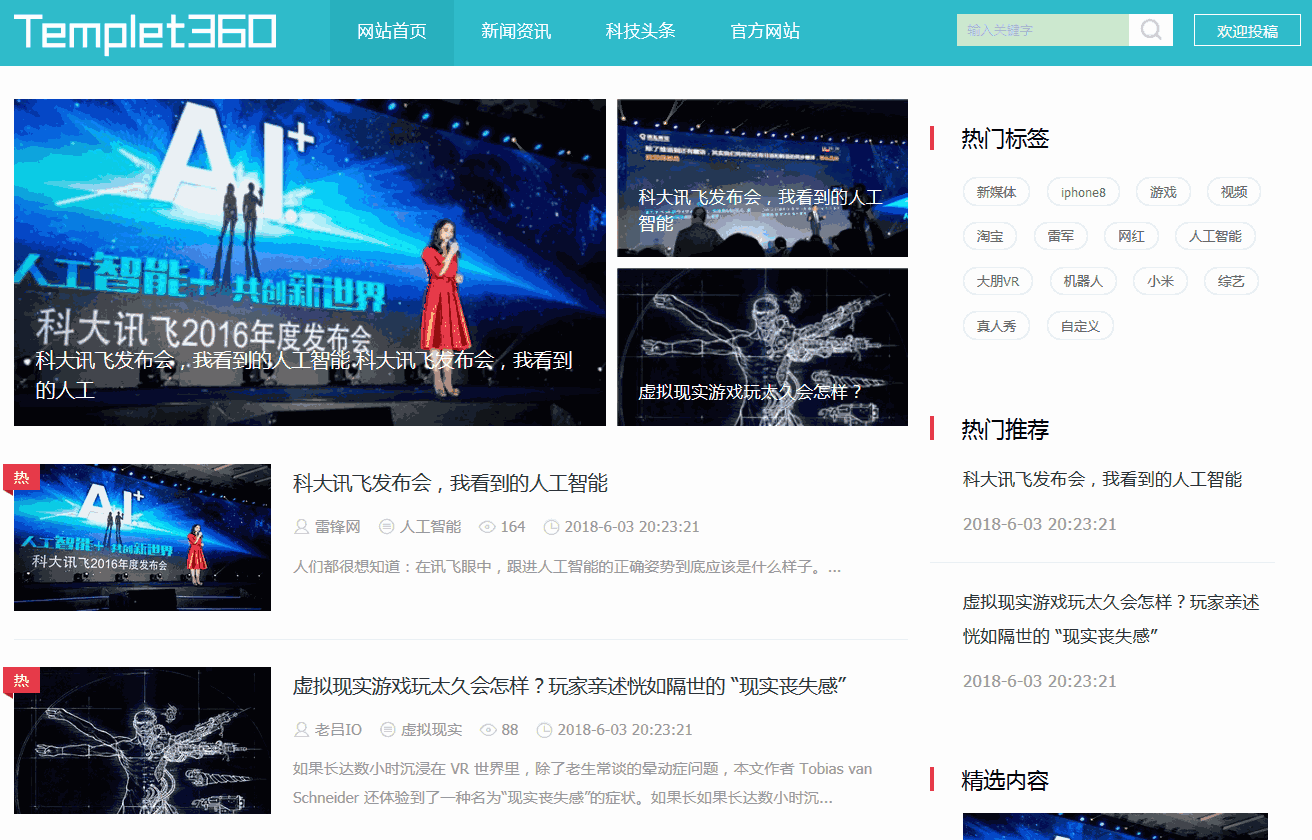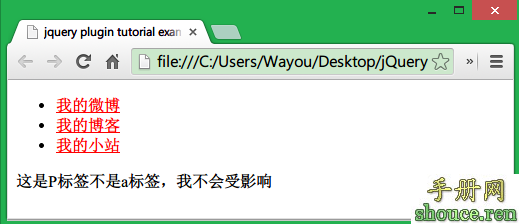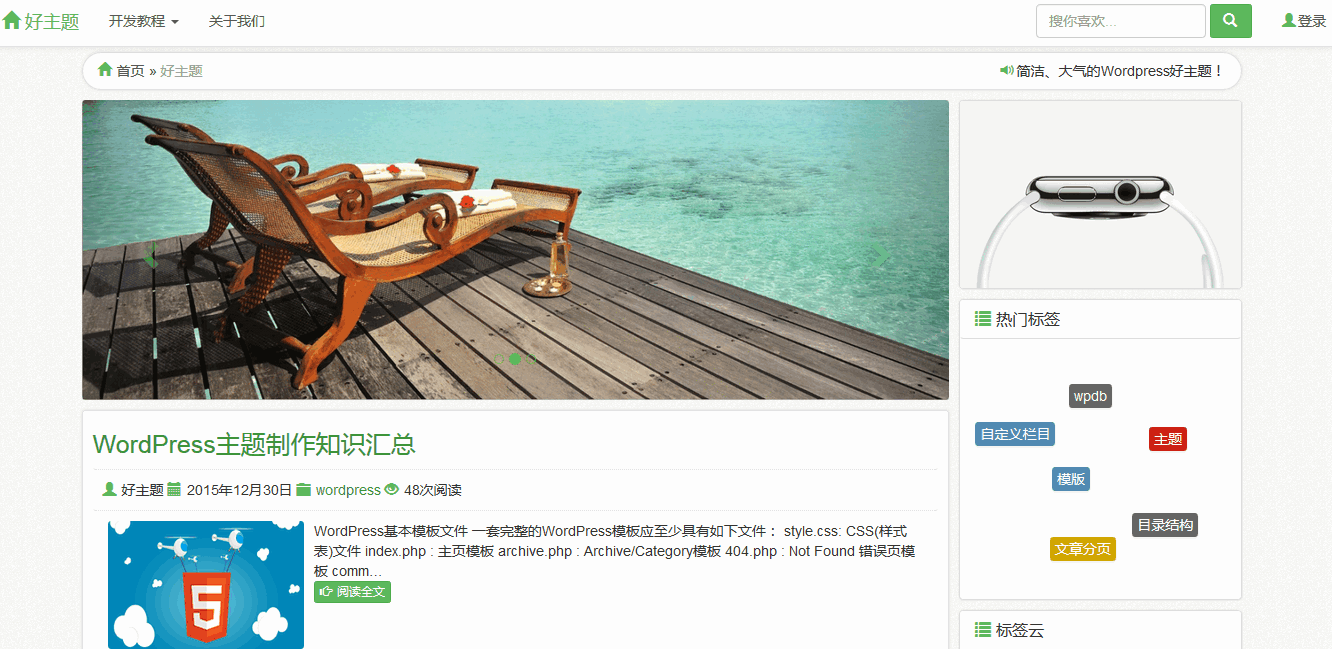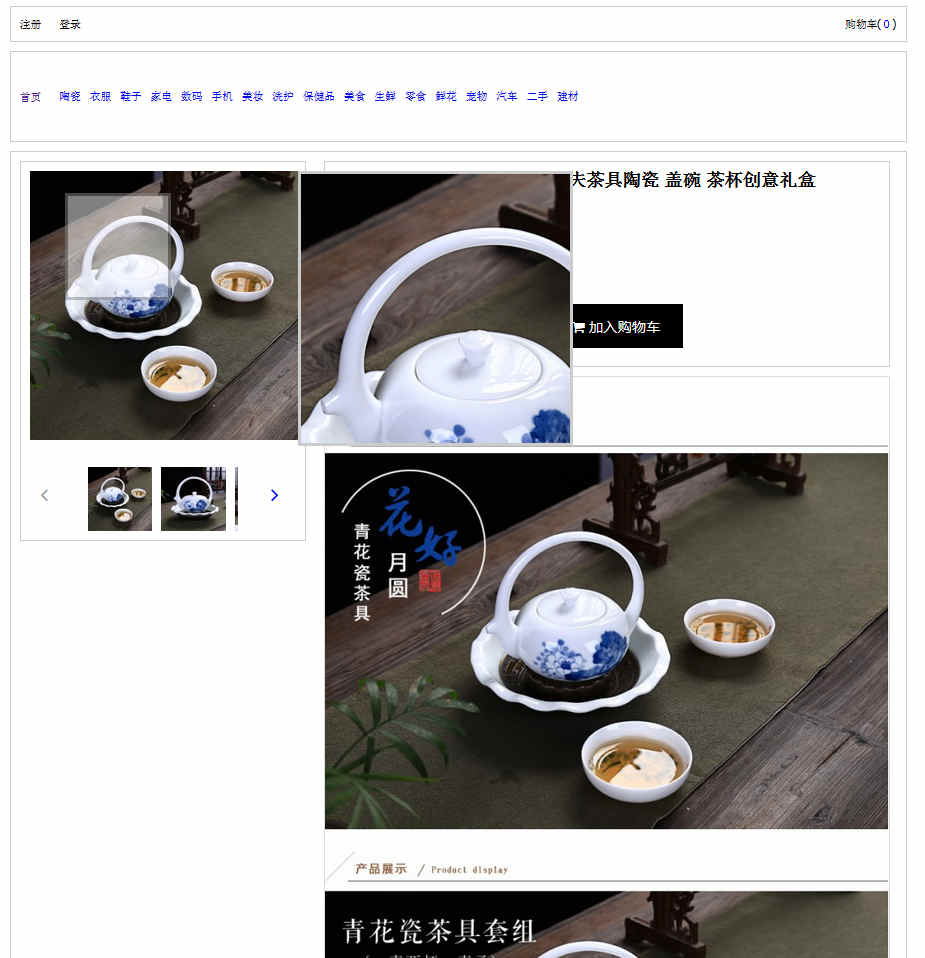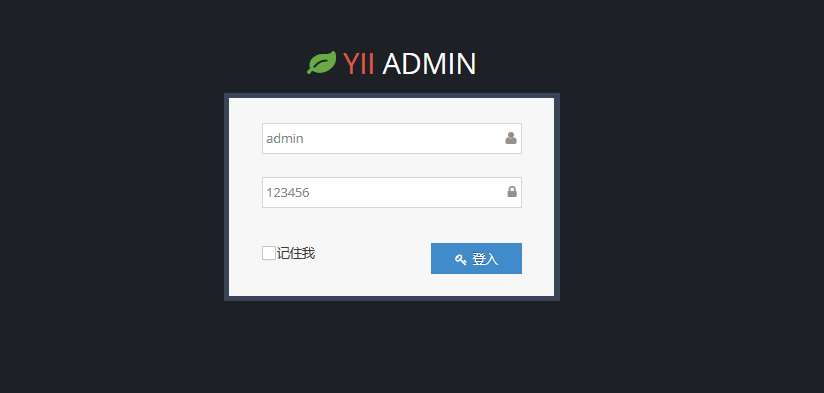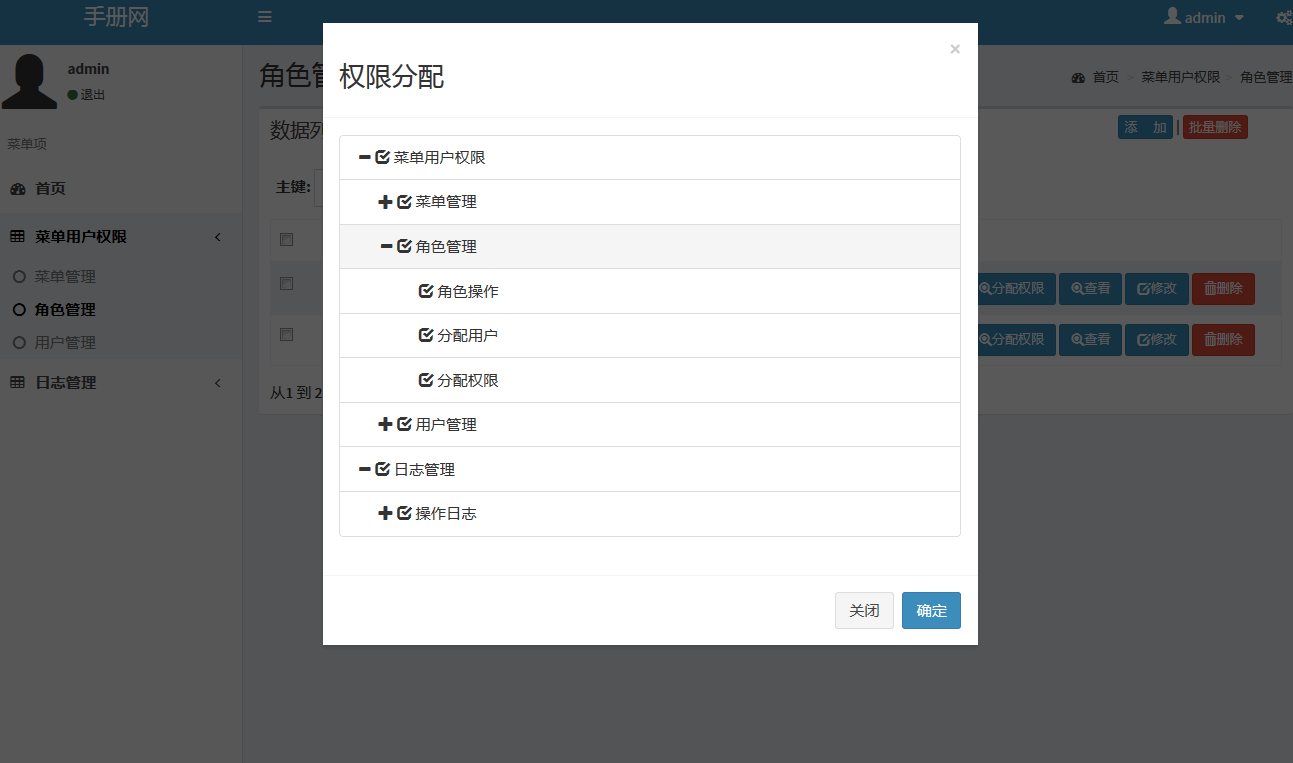Android OpenGL ES 开发教程(13):阶段小结
jerry OpenGL ES 2015年11月25日
收藏
之前介绍了什么是 OpenGL ES ,OpenGL ES 管道的概念,什么是EGL,Android中OpenGL ES的开发包以及GLSurfaceView,OpenGL ES所支持的基本几何图形:点,线,面,已及如何使用这些基本几何通过构成较复杂的图像(20面体)。
- Android OpenGL ES 开发教程(1):导言
- Android OpenGL ES 开发教程(2):关于OpenGL ES
- Android OpenGL ES 开发教程(3):OpenGL ES管道(Pipeline)
- Android OpenGL ES 开发教程(4):OpenGL ES API 命名习惯
- Android OpenGL ES 开发教程(5):关于EGL
- Android OpenGL ES 开发教程(6):GLSurfaceView
- Android OpenGL ES 开发教程(7):创建实例应用OpenGLDemos程序框架
- Android OpenGL ES 开发教程(8):基本几何图形定义
- Android OpenGL ES 开发教程(9):绘制点Point
- Android OpenGL ES 开发教程(10):绘制线段Line Segment
- Android OpenGL ES 开发教程(11):绘制三角形Triangle
- Android OpenGL ES 开发教程(12):绘制一个20面体
但到目前为止还只是绘制2D图形,而忽略了一些重要的概念,3D坐标系,和3D坐标变换,在介绍OpenGL ES Demo程序框架时,创建一个OpenGLRenderer 实现 GLSurfaceView.Renderer接口
- public void onSurfaceChanged(GL10 gl, int width, int height) {
- // Sets the current view port to the new size.
- gl.glViewport(0, 0, width, height);
- // Select the projection matrix
- gl.glMatrixMode(GL10.GL_PROJECTION);
- // Reset the projection matrix
- gl.glLoadIdentity();
- // Calculate the aspect ratio of the window
- GLU.gluPerspective(gl, 45.0f,
- (float) width / (float) height,
- 0.1f, 100.0f);
- // Select the modelview matrix
- gl.glMatrixMode(GL10.GL_MODELVIEW);
- // Reset the modelview matrix
- gl.glLoadIdentity();
- }
- }
我们忽略了对glViewport,glMatrixMode,gluPerspective以及20面体时glLoadIdentity,glTranslatef,glRotatef等方法的介绍,这些都涉及到如何来为3D图形构建模型,在下面的几篇将详细介绍OpenGL ES的坐标系和坐标变换已经如何进行3D建模。
- 没有章节
